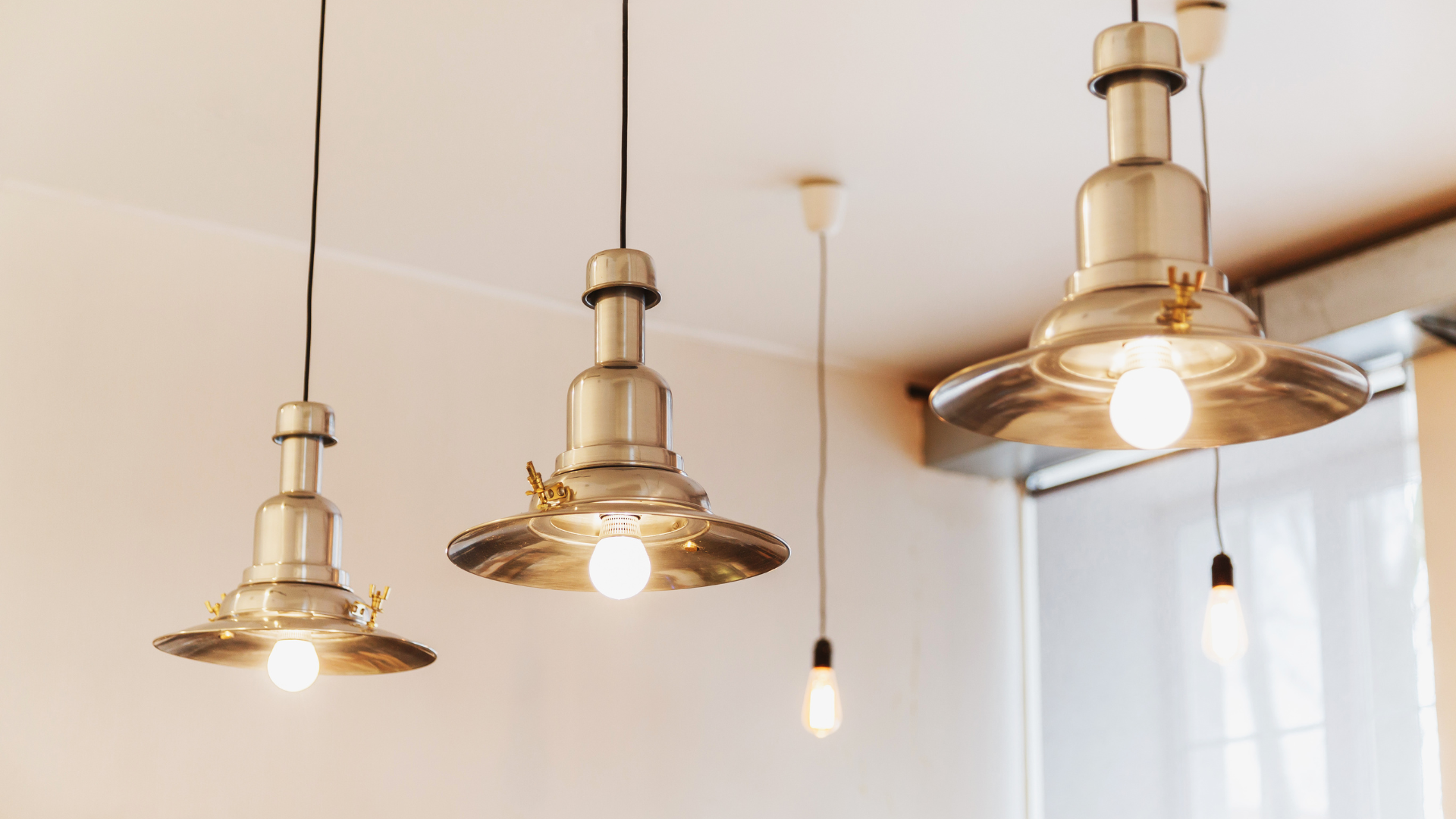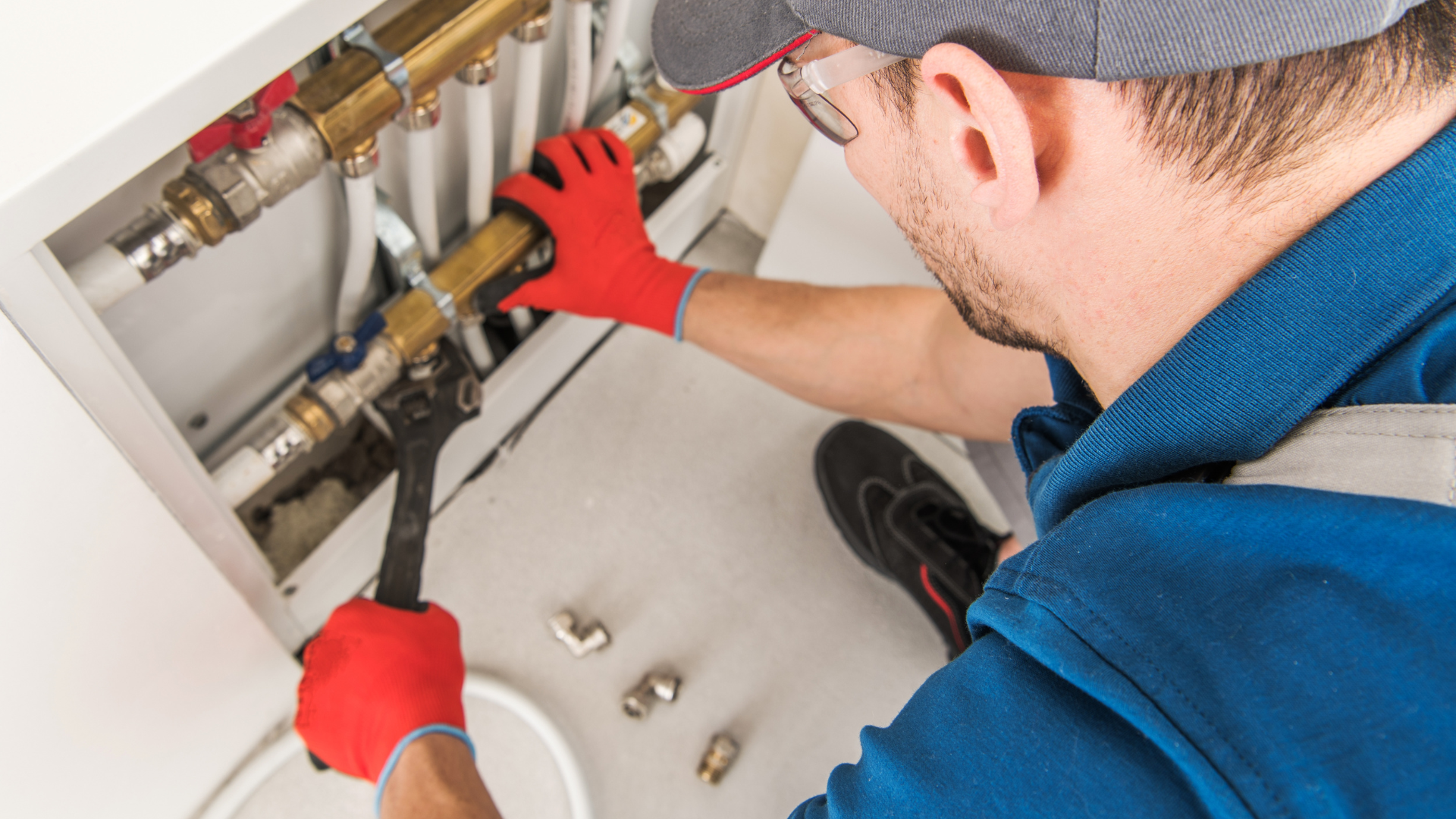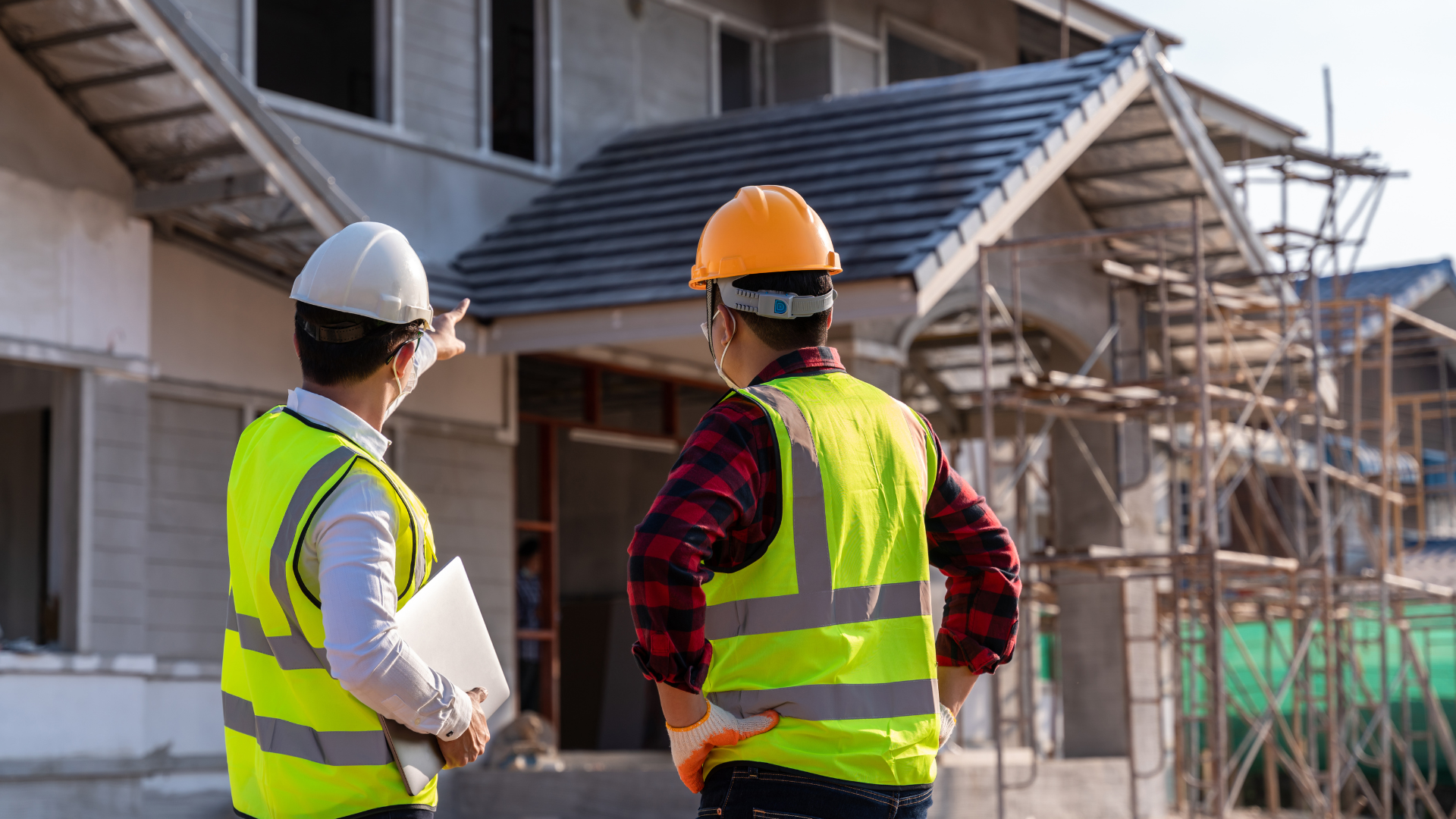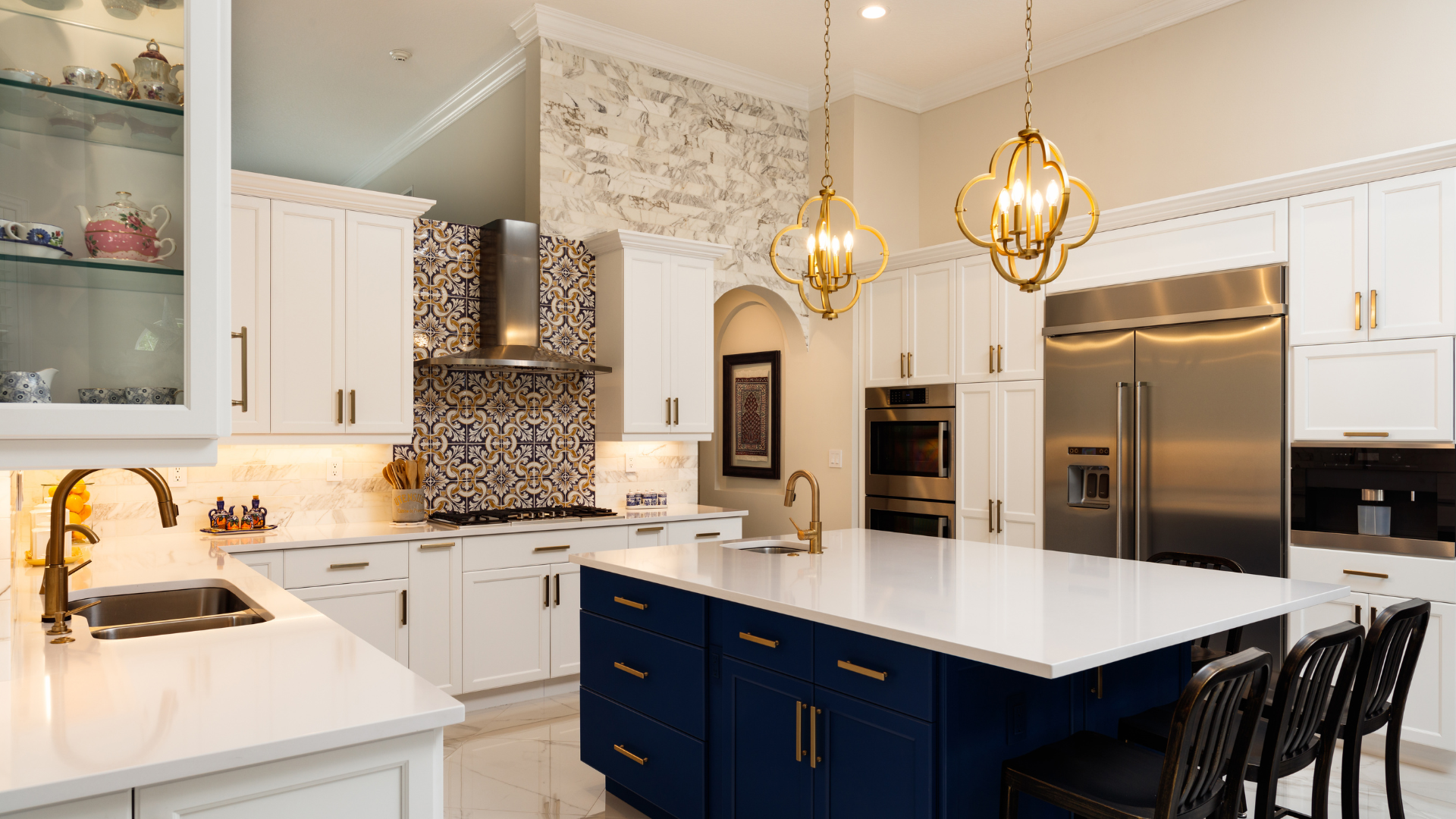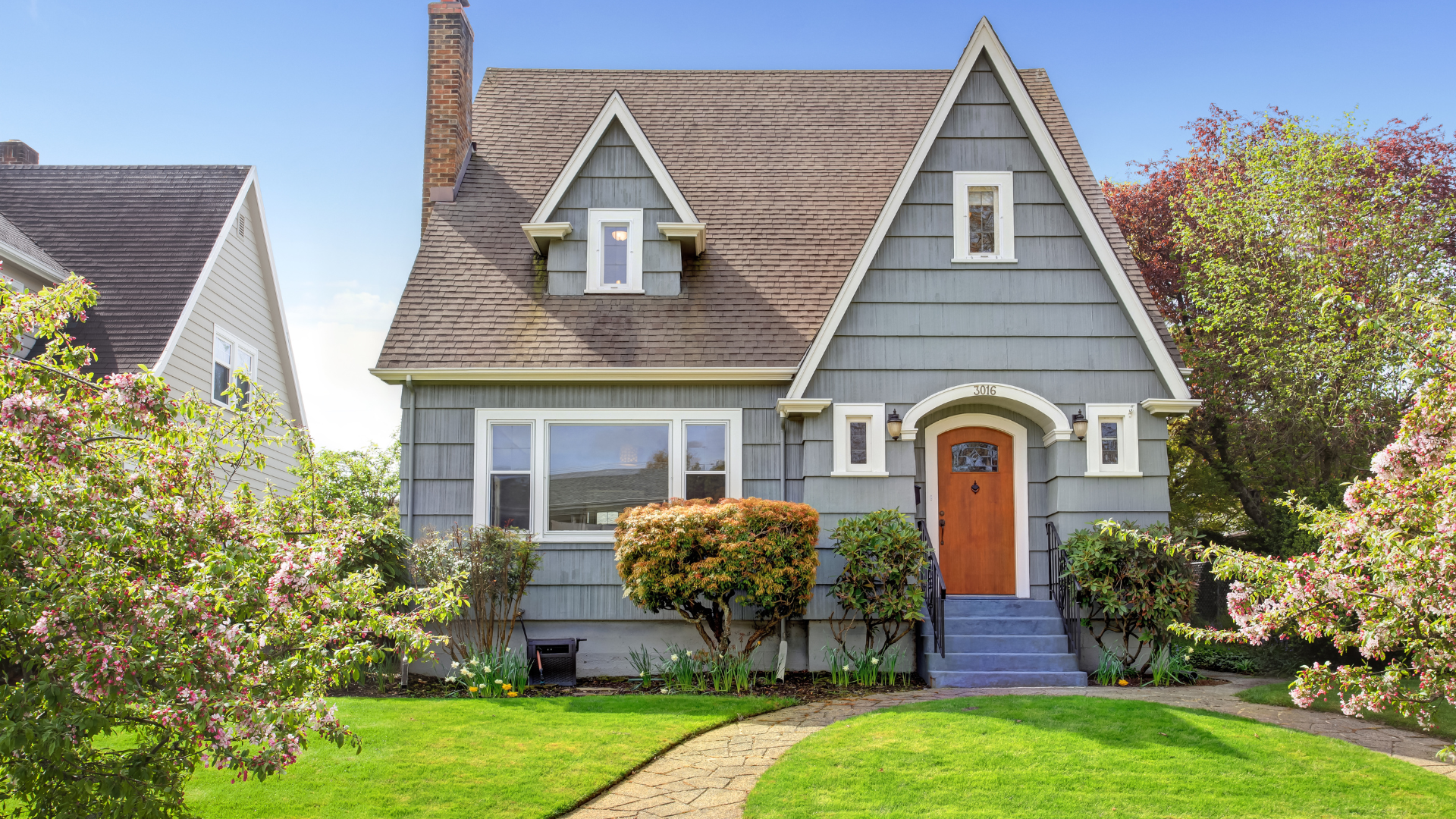Creating a warm, inviting atmosphere in your home involves more than just picking out the right furniture or paint colors. One often overlooked element that can transform the ambiance of any space is lighting.
Understanding the Importance of Lighting
Proper lighting can:
- Set the Mood: Different types of lighting can evoke various emotions and create different atmospheres within a space.
- Highlight Features: Well-placed lighting can draw attention to architectural details, artwork, or other focal points in a room.
- Enhance Functionality: Effective lighting design ensures that each area of your home is adequately illuminated for its intended use.
- Boost Aesthetic Appeal: Thoughtfully chosen lighting fixtures can add style and character to your home decor.
Maximizing Natural Light
Natural light is a valuable asset in any home, providing warmth and vitality while reducing the need for artificial lighting during the day. Here’s how you can make the most of natural light:
1. Optimize Window Placement:
Position furniture and other obstacles away from windows to allow light to penetrate freely into the room.
2. Choose Light-Colored Window Treatments:
Opt for sheer curtains or blinds that allow sunlight to filter through while still providing privacy.
3. Install Skylights or Sun Tunnels:
These features can bring natural light into areas of your home that may be lacking in windows, such as bathrooms or hallways.
4. Consider a Louvered Roof:
A louvered roof is a versatile outdoor structure that can be adjusted to control the amount of sunlight entering your home. With adjustable louvers, you can regulate sunlight and airflow, creating the perfect balance of shade and brightness.
Layering Lighting for Ambiance
In addition to natural light, it’s essential to incorporate artificial lighting sources to create depth and ambiance within your home. Here are some layering techniques to consider:
1. Ambient Lighting:
This is the primary source of light in a room and should provide overall illumination. Options include recessed ceiling lights, track lighting, or pendant fixtures.
2. Task Lighting:
Task lighting is focused on specific areas where activities such as reading, cooking, or working take place. Examples include desk lamps, under-cabinet lighting in the kitchen, or vanity lights in the bathroom.
3. Accent Lighting:
Accent lighting highlights architectural features, artwork, or decorative elements. This can be achieved with track lighting, wall sconces, or picture lights.
4. Mood Lighting:
Mood lighting adds ambiance and can be adjusted to suit different occasions or moods. Dimmer switches, candles, or decorative lamps with soft, diffused light are excellent options.
Choosing the Right Fixtures
The type of lighting fixtures you choose can make a significant difference in the overall look and feel of your home. Consider the following factors when selecting fixtures:
- Style: Choose fixtures that complement your home’s decor and architectural style.
- Size: Ensure that fixtures are appropriately sized for the space they will occupy.
- Brightness: Select bulbs with the appropriate wattage for the desired level of illumination.
- Energy Efficiency: Opt for LED or CFL bulbs to save energy and reduce utility costs.
Incorporating Smart Lighting Technology
Harnessing the power of technology can enhance the functionality and convenience of your lighting system. Smart lighting options allow you to:
- Control Lighting Remotely: Adjust brightness, color, and timing using smartphone apps or voice commands.
- Set Customized Scenes: Create preset lighting scenes for different activities or times of day.
- Monitor Energy Usage: Track energy consumption and optimize lighting settings to save money and reduce environmental impact.
Conclusion
By embracing natural light, layering different lighting elements, carefully selecting fixtures, and embracing innovative smart technology, you can craft a lighting setup that not only enhances the atmosphere but also resonates with your individual lifestyle and preferences.
Frequently Asked Questions (FAQ)
What are some common mistakes to avoid when designing with light? Steering clear of some typical pitfalls can make all the difference in your lighting design. Be sure not to overlook the beauty of natural light, avoid harsh or insufficient lighting options, and always consider the specific activities and needs of each room. Striking the right balance between practicality and atmosphere is key, all while keeping energy efficiency and personal taste in mind.
How can I create a cohesive lighting design throughout my home? Crafting a unified lighting design is akin to painting a masterpiece – it requires careful consideration and attention to detail. Take into account the flow and function of your space, ensuring a harmonious relationship between different areas. Aim for a mix of ambient, task, accent, and mood lighting, maintaining consistency in style and color temperature throughout. Don’t be afraid to experiment with different techniques and fixtures to achieve the desired ambiance in every corner of your home.

